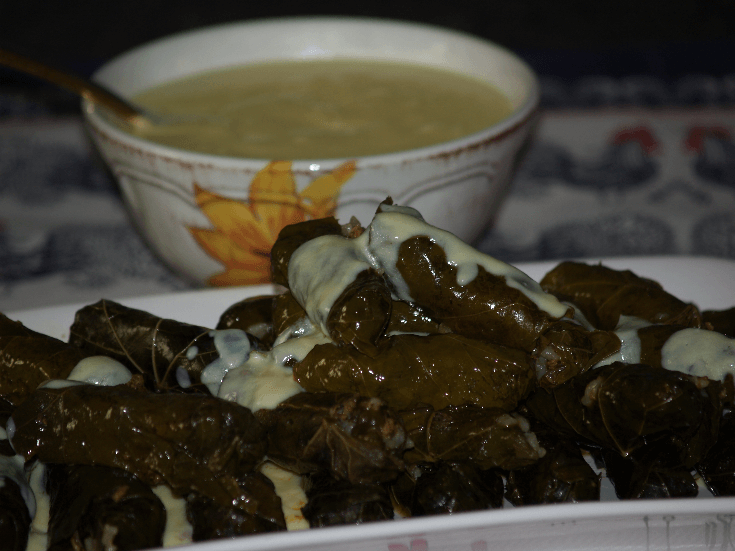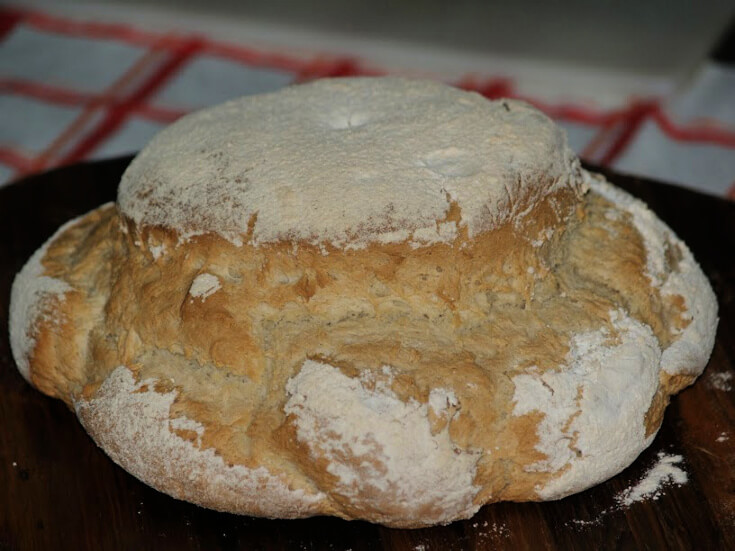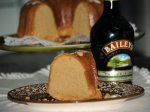- Painless Cooking
- Grains
- Grain Mills
Best Grain Mills
The best grain mills are assets to your culinary pursuits as they provide fresh milled flours with essential nutrients such as fiber, Vitamin B and E for whole grain recipes. Unlike the manufacturing process that removes the natural vitamins, fiber and nutrition from the grain then adds artificial vitamins, milling at home provides natural, whole grain nourishment.
Grains are essentially bran, the outer covering of the kernel that is the fiber, the endosperm that holds carbohydrates, protein, iron, and B-complex vitamins, and the germ that contains polyunsaturated fats. The best grain mills break down the composition of the grain into its component parts without destroying the nutrients.
If you do a lot of bread baking and are into being healthy it is necessary to have one of the best grain mills in your kitchen. This makes it possible to grind the grain as you need it for recipes. Through the processing, oils are released making it susceptible to rancidity. This is what happens when flour sets on the grocery shelf over a period of time.
There has always been a great debate as to which are the best grain mills. Much of this is centered on our own personal preference. Many people like a hand grinder but certainly these require more labor. Electric ones for me seem to be so much easier and faster. Even aside from deciding between manual or electric, there are other questions you must answer like how much grain will you use. You can also buy one which serves for other uses. Research all the different types and brands to decide which one fits best in your kitchen.
I try to add as much grain as possible in my cooking. Not only as a health benefit in the form of more fiber but I also like the texture and taste when adding grains to my recipes. Quite often I will throw in some cracked wheat or other cracked grains to give bread or other recipes a little crunch.
Types of Best Grain Mills
Cooking with grains is made simpler with the use of the best grain mills. Stone grinders, burr grinders and impact grinders are the options for grain mills and each has its advantages, disadvantages and particular specialties.
- Stone Grinders - allow grains to be processed as very fine flour or as coarse as cracked wheat. The downside to stone grinders is that they tend to be heavy, bulky machines, they generally grind slower than impact grinders and the stones become gunky when grinding oil-bearing grains. German made Tribest Wolfgang grain mills are motorized, small, fast and can easily be set to fine flour or to coarse texture.
- Burr grinders - are similar to stone grinders, but are made from steel with small metal bumps or burrs. Burr grinders can handle both dry grains and oil-bearing seeds but generally do not grind as finely as the stone grinder. The Country Living Mill and the Family Grain Mill are excellent choices, as they can be used as manual or motorized, and quickly grind the flour for those high fiber recipes.
- Impact grinders - grind quickly and provide very fine flour but tend to be very noisy and cannot grind oily grains. Nutrimill Grain Mill is a quiet, fast grinder that can grind dry grains very coarse or very fine.
Another choice to be made for stone or burr grinder grain mills is hand-powered or motorized machines. For the serious grain miller, both are suggested as the hand-powered machine can act as a back up if power is interrupted. Motorized grain mills are also the obvious choice for anyone who needs large amounts of flour, such as commercial users.
Classic Whole Wheat Bread
High fiber foods are ever so tasty in the form of freshly baked bread. Using the freshly ground flour from the best grain mills, the aroma of the fresh bread will delight you almost as the wonderful fresh bread taste.
Ingredients
- 2 1/2 teaspoons instant yeast, or 1 packet active dry yeast dissolved in 2 tablespoons water
- 1 1/3 cups (10 1/2 ounces) water
- 1/4 cup (1 3/4 ounces) vegetable oil
- 1/4 cup (3 ounces) honey, molasses, or maple syrup
- 3 1/2 cups (14 ounces) Whole Wheat Flour
- 1/4 cup (1 ounce) nonfat dried milk
- 1 1/4 teaspoons salt
Mix all the ingredients in a large bowl until a round ball of dough is formed. Move the dough to a lightly greased surface and knead the dough about eight to ten minutes until it is smooth and supple. Place in a lightly greased bowl, cover and wait for the dough to rise, which will take about an hour. After the dough has risen and is puffy, place back on the lightly greased surface and shape into a log form. Allow the dough to rise again and then bake it at 350° Fahrenheit. Bake for 20 minutes, and then tent the bread with an aluminum foil cover and bake for another 20 minutes.
BARLEY RECIPE WITH RAISINS AND CURRANTS
- ½ Cup pearl barley
- 1 Cup raisins
- 1 Cup dried currants
- Pinch of salt
- 1 ½ Cups water
- 2 Lemons, peeled, grated and juice strained and reserved
- ¼ or More Cream
Cook barley. Raisins and currants in salted water about 30 minutes or until tender.
Stir occasionally making sure it doesn’t get too dry and stick.
Add lemon peel and cook five minutes longer; add cream and season with sugar and lemon juice.
BULGUR PILAF RECIPE
Using your best grain mil, you will want to grind the bulgur coarsely for this recipe.
- 1 Cup coarse bulgur rinse and drain
- 5 Tablespoons butter
- 1 Large finely chopped onion
- 1 Tablespoon peeled and seeded tomato
- 1 ½ Cups chicken broth
- Salt/ pepper to taste
Melt 2 tablespoons butter in a large heavy skillet; add onion and sauté until golden brown.
Add tomato to the skillet and cook 5 minutes; add broth, salt and pepper to skillet and bring to boil.
Add bulgur; stir to blend, cover skillet and boil 5 minutes.
Reduce heat and simmer about 25 minutes until liquid is absorbed.
Remove from heat and keep covered; let stand about 40 minutes before serving.
The best grain mills are the mills that fit the task. If it is very fine flour that is desired, stone mills and impact mills are the choice. If oily grains need to be ground, the burr grinders are the right tools for the job. Whatever the choice, home milled grains are a healthy alternative to the commercially prepared.




